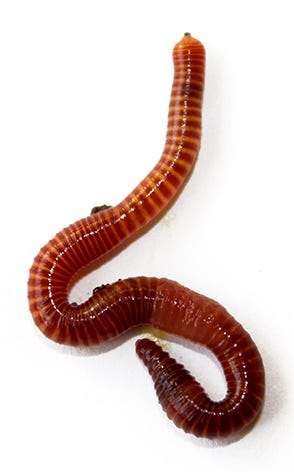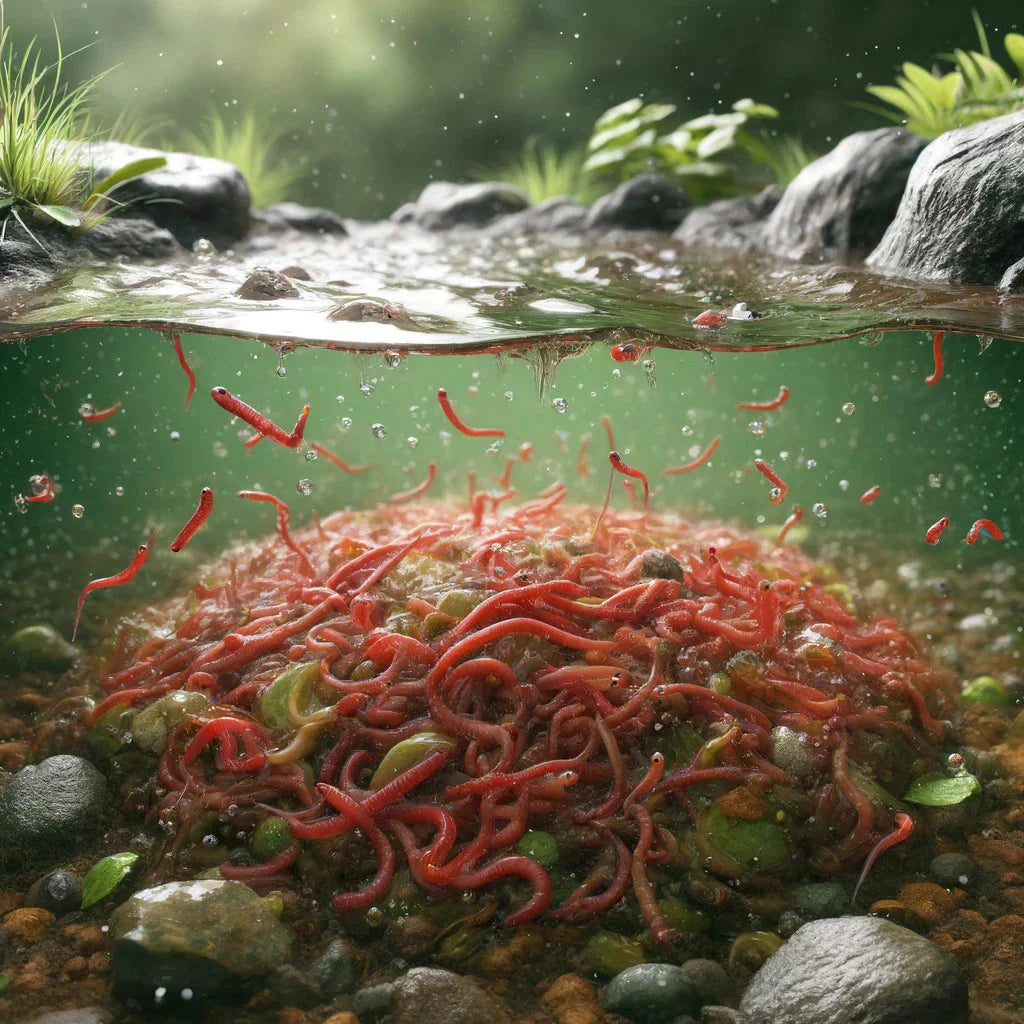Every Little Thing You Required to Learn About Red Wigglers for Composting
Red wigglers, or Eisenia fetida, play an essential function in the world of composting, changing natural waste right into valuable soil modifications. Their unique organic traits enable them to flourish in various problems, making them an ideal choice for both beginner and knowledgeable composters alike. Comprehending their requirements and benefits is vital for establishing an efficient vermicomposting system. The procedure of setting up a worm container and preserving it can pose obstacles. To efficiently harness the potential of these worms, one have to check out the intricacies of their care and monitoring.
What Are Red Wigglers?

(red wiggler worms near me)
Native to North America, red wigglers are surface-dwelling organisms that prefer moist, cozy environments abundant in disintegrating organic matter. Their diet is composed largely of decomposing plant product, food scraps, and other natural particles, which they take in and break down efficiently. As they absorb this material, they produce nutrient-rich spreadings that improve soil fertility.
Red wigglers are hermaphroditic, possessing both male and female reproductive body organs, and can duplicate swiftly under optimum problems. In general, red wigglers are crucial factors to the procedure of reusing organic waste right into valuable compost.
Advantages of Making Use Of Red Wigglers
Making use of red wigglers in composting systems offers various benefits that boost both the efficiency of waste administration and the top quality of the resulting garden compost. These worms, clinically called Eisenia fetida, are particularly effective at breaking down raw material, transforming kitchen area scraps and yard waste into nutrient-rich compost at a sped up rate.
Among the key advantages of using red wigglers is their ability to eat huge quantities of natural material, usually refining their weight in food waste daily. This high intake rate brings about faster decay and reduces the volume of waste sent to garbage dumps. Furthermore, the castings generated by red wigglers are abundant in crucial nutrients, valuable bacteria, and enzymes, making them an excellent plant food for yards and plants.
Additionally, red wigglers thrive in a variety of environments, making them adaptable for both indoor and outside composting systems - red wigglers. Their presence in a compost bin assists to freshen the material, avoiding smells and advertising a healthy composting process. Generally, using red wigglers not just contributes to effective waste administration yet likewise supports lasting gardening practices via the production of top quality compost
(purchase red worms)
Establishing Your Worm Container
To successfully establish a worm bin, it is necessary to pick an ideal container that satisfies the needs of red wigglers while giving a favorable environment for composting. An ideal bin can be made from plastic, timber, or metal, with an ability of a minimum of 1 square foot for every extra pound of worms.
Guarantee the container has appropriate drain openings to avoid excess moisture, as red wigglers prosper in a damp, yet not waterlogged, setting. red wigglers. The bin needs to also be aerated to provide sufficient airflow, preventing anaerobic conditions that could hurt the worms
A suitable place for the worm bin is an amazing, dark area, without straight sunlight and extreme temperatures, as red wigglers like a temperature level array of 55 to 77 levels Fahrenheit.
Before introducing the worms, prepare bed linen products such as shredded newspaper, cardboard, or coconut coir, which will certainly offer both habitat and food. Dampen the bed linens lightly to produce an inviting atmosphere for the worms. Take into consideration positioning a lid on the container to keep humidity and minimize insects, while ensuring it can be conveniently removed for maintenance.
Feeding and Treatment Standards
Feeding red wigglers is an essential aspect of preserving a healthy and balanced composting system. These worms thrive on a varied diet plan, primarily made up of natural materials such as vegetables and fruit scraps, coffee grounds, and smashed eggshells. It is vital to stay clear of feeding them meat, dairy, and oily foods, as these can produce unpleasant odors and draw in insects.
When presenting food to your worm bin, slice or shred materials right into smaller sized items to promote quicker decay. Beginning with little amounts to determine the worms' usage rate, slowly increasing the quantity as they adjust. It is a good idea to alternating feeding places within the bin to encourage comprehensive blending and oygenation of the compost.

Troubleshooting Common Issues
Maintaining a flourishing worm composting system can occasionally present difficulties that need interest and troubleshooting. Common problems include an unpleasant smell, which commonly suggests overfeeding or the existence of anaerobic conditions. To fix this, reduce the quantity of food included and make certain proper aeration by mixing the bed linen product.
Another regular issue is the escape of worms from the bin. This can take place due to extreme wetness or unsuitable environmental problems. Regularly examine the dampness levels, going for a damp but not soggy consistency, and maintain ideal temperatures between Recommended Reading 60-80 ° F(15-27 ° C )to create a comfy environment for your red wigglers.
Pests, such as fruit flies, can also get into worm containers. red wigglers. To battle this, cover food scraps with a layer of bedding or shredded paper to hinder flies from laying eggs. In addition, guarantee that any food included is fresh and without mold and mildew, which can draw in unwanted insects
Finally, if your worms seem inactive, look for stress factors such as temperature level changes or inadequate dampness. Dealing with these usual concerns will certainly aid preserve a healthy and effective worm composting system.
Final Thought
In summary, red wigglers, or Eisenia fetida, play an important function in lasting waste administration via vermicomposting. Appropriate setup and maintenance of a worm container, along with adherence to feeding guidelines, make certain a flourishing ecosystem that decreases garbage dump contributions.